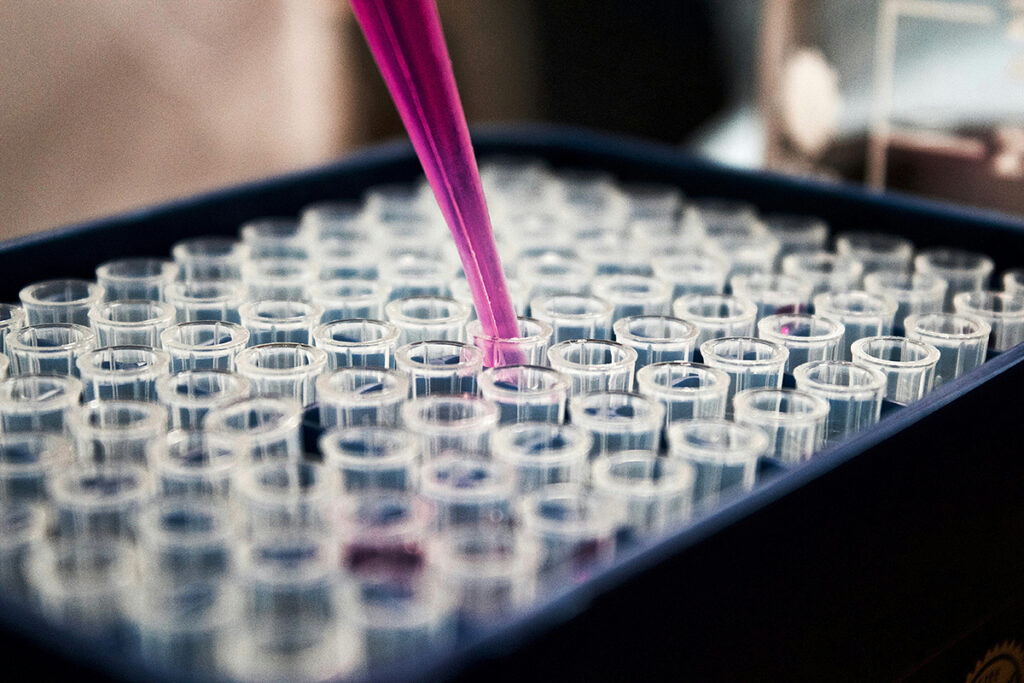Cardiac arrhythmias are the leading cause of death in Western countries. Systemic inflammation contributes to the occurrence of cardiac arrhythmias. However, inflammation is often overlooked in treating arrhythmias, and anti-inflammatory drugs are not used.
The coronavirus pandemic has renewed interest in the anti-inflammatory treatment of arrhythmias since systemic inflammation occurs during coronavirus, and cardiac arrhythmias are a frequent complication of COVID-19.
Inflammatory Cytokines Provoke Arrhythmia
Inflammatory cytokine proteins, especially TNF, IL-1, and IL-6, contribute to arrhythmias, directly affecting the heart’s activity and systemic changes in the body.
Direct exposure to inflammatory cytokines can lead to structural and electrical changes in the heart. Electrical changes occur early – from a few hours to a day after exposure to cytokines. The electrical changes in the heart are that inflammatory cytokines alter the expression and function of ion channels and connexin proteins, which form an intercellular junction and are responsible for transmitting ions and electrical impulses between cells. In addition, inflammatory cytokines affect intracellular proteins responsible for processing calcium in the muscle cells of the heart – cardiomyocytes.
The systemic effect of inflammatory cytokines on the heart manifests itself within weeks or months. Under the influence of cytokines, myofibroblasts enhance the extracellular matrix synthesis, contributing to connective tissue growth and scar formation. This process is called fibrosis. Fibrosis of the heart prevents electrical impulses.
Direct and systemic effects of cytokines lead to a pathological change in the QT interval from the beginning of contraction to the end of relaxation of the heart’s ventricles and a delayed or heterogeneous propagation of electrical impulses through the myocardium, contributing to the occurrence of arrhythmias.
COVID-19 and Cardiac Arrhythmias
In 10-20% of patients with COVID-19, cardiac arrhythmias appear, more often – with a severe course of the disease. 60% of arrhythmias are supraventricular tachyarrhythmias, especially atrial fibrillation. The remaining 40% are ventricular tachyarrhythmias, bradyarrhythmias, and electrical impulse conduction disorders, associated with extremely high mortality.
At the initial stages of the pandemic, it was believed that arrhythmias associated with COVID-19 arise since the coronavirus infects heart cells or due to the side effects of repurposed drugs, especially antimalarial drugs, azithromycin, and protease inhibitors. However, it later turned out that viral heart disease occurs only in a small part of patients. Moreover, although the drugs mentioned above were gradually abandoned due to insufficient effectiveness, the risk of arrhythmia remained high.
The actual cause of cardiac arrhythmias is tissue hypoxia due to lung damage and systemic inflammation. Both factors can cause heart damage, and the frequency and severity of this complication are similar to severe pneumonia or sepsis, not related to COVID-19.
Inflammatory cytokines make the most outstanding contribution to the development of arrhythmias. Despite the absence of severe respiratory disorders, some patients with COVID-19 and patients with pneumonia unrelated to COVID-19 develop arrhythmia. These patients have intense systemic inflammation. In patients with COVID-19, an increased circulating pro-inflammatory cytokine levels correlate with an increased troponin level, a marker of myocardial damage.
In laboratory studies, treatment of cardiomyocytes with inflammatory cytokines IL-6 and IL-1ß led to a decrease and disorder of contractions. The same was observed when these cells were infected with the coronavirus, which means that inflammatory cytokines in COVID-19 and other diseases accompanied by systemic inflammation damage heart cells and increase the electrical instability of the myocardium.
IL-6 and IL-10 cytokines can be considered risk factors for atrial and ventricular arrhythmias in patients with COVID-19. A study involving almost 1,000 patients with COVID-19 showed that coronavirus and high levels of IL-6 are associated with a significant prolongation of the QT interval – a dangerous condition that increases the risk of arrhythmias and death.
A retrospective analysis of almost 4,000 patients with COVID-19 showed that atrial fibrillation and fluttering are associated with markers of inflammation, including IL-6, regardless of the patient’s baseline characteristics. Similar results were obtained for influenza and pneumonia not related to COVID-19.
Conclusion
Systemic release of inflammatory cytokines increases the risk of arrhythmia. Systemic inflammation is observed not only in COVID-19 but also in other inflammatory conditions.
A large meta-analysis of randomized controlled trials has recently shown that therapy with glucocorticoids and/or IL-6 receptor antagonists significantly reduces short-term mortality in patients with severe COVID-19, including mortality from cardiovascular diseases.
The clinical impact on the immune-inflammatory system will help save the lives of patients with COVID-19 and other inflammatory diseases.
Useful article, necessary information? Share it!
Someone will also find it useful and necessary:
Reference
Inflammatory cytokines and cardiac arrhythmias: the lesson from COVID-19



